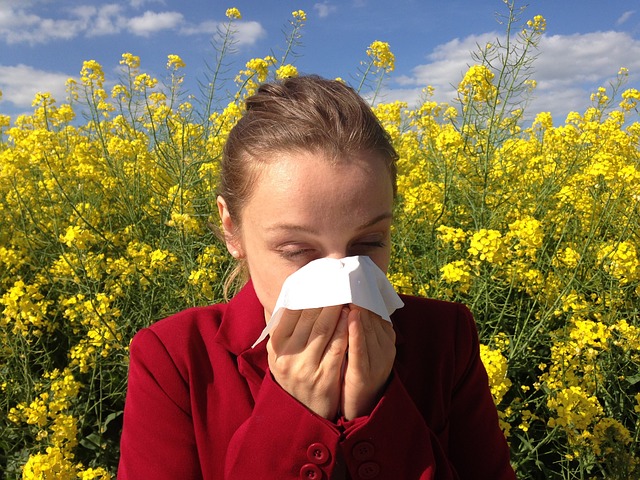Prevent Pollen in Your Home This Season
At Home with UAEX
Learn from the best Extension Educators on being at home with UAEX!
Prevent Pollen in Your Home This Season
by Original Post by Heather Wingo | Adapted for blog by Katie Cullum

Pollen season in Arkansas includes stuffy noses, coughing, yellow coated cars, and lots of dusting in our homes. Pollen is one of the most common triggers of seasonal allergies. Plants release tiny pollen grains to fertilize other plants of the same species.
Some high potential pollen producers in the spring include trees, grass, and ragweed. Pollen counts are how much pollen is in the air. To get a pollen count, a device such as an air sampler is used to capture pollen, and then the sample pollens are identified and counted. Pollen forecasts are estimates, just like a weather forecast. Most of the time, pollen forecasts will only report on the most common types of pollen.
People with pollen allergies only have symptoms when the pollens they are allergic to are in the air. Symptoms include:
- Runny nose
- Stuffy nose
- Sneezing
- Itchy nose, eyes, ears, and mouth
- Red and watery eyes
- Swelling around the eyes
As an extensive traveler, pollen can settle on many surfaces.
Minimize the amount of pollen in your home by following these steps:
- Take off your shoes outside and use doormats. Pollen can travel into your homes through shoes. It is best to take your shoes off before entering the home and to leave them outside or as close to the entryway as possible. This counts for clothing too. If you have been working outside, remove outerwear like coats or jackets before entering the home. Then shower, wash your hair and change into clean clothes. The clothes worn outside should be washed and dried in a dryer instead of on an outdoor line.
- Keep windows closed during pollen season or peak pollen times.
- Use central air conditioning or air cleaners with an asthma & allergy friendly filter and/or HEPA filtration to reduce indoor airborne allergens.
- Wear a hat or scarf when going outside to help keep pollen off your hair.
- Wash bedding in hot, soapy water once a week.
- Limit close contact with pets that spend a lot of time outdoors. Wipe furry friends off when they come inside or bathe them weekly (if appropriate).
Resources:
Clifford Bassett. (2022, February). AAFA. Pollen Allergy. Retrieved from https://www.aafa.org/pollen-allergy/
Roberts, A. (2018, May 9). Fighting pollen? fight smarter with these pollen-busting tips from UGA Cooperative Extension. CAES News. Retrieved from https://newswire.caes.uga.edu/story/5792/indoor-pollen.html
